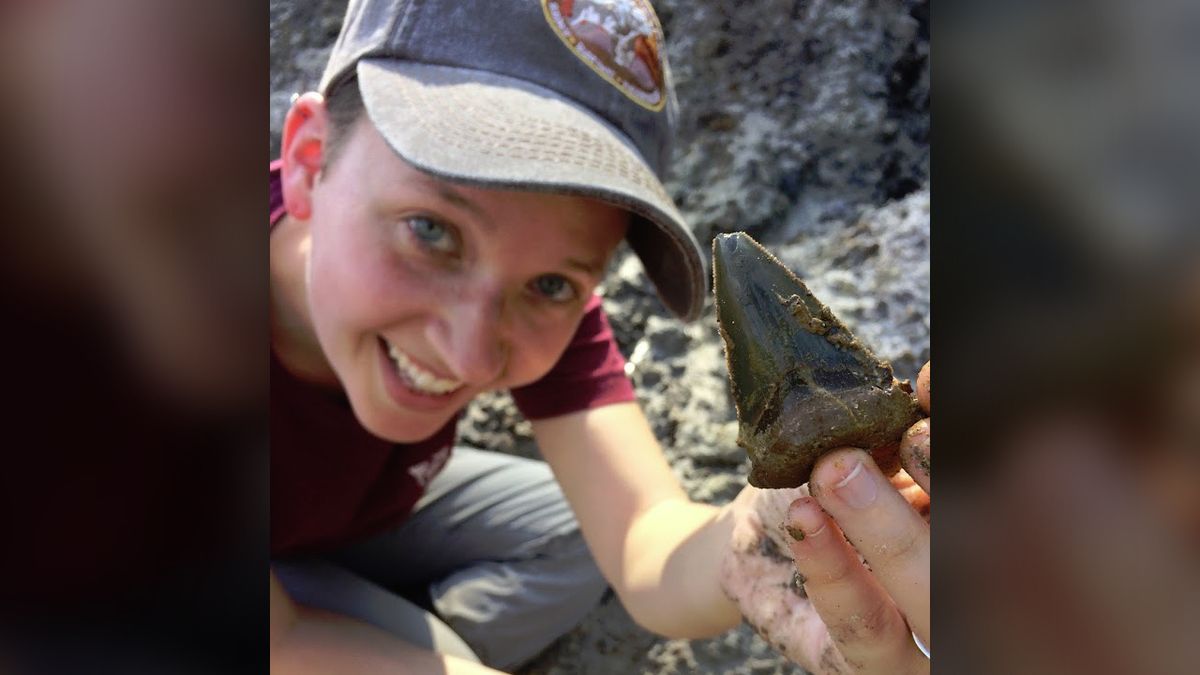
About 24 million years ago, baby shark ancestors of the giant beast called megalodon needed a place to grow big before heading into the open ocean, so they swam around a coastal spot replete with easy-to-catch prey — a nursery in what is now South Carolina, according to new research.
Until now, scientists knew of just two fossil shark nurseries: a 10 million-year-old megalodon nursery in Panama and a 5 million-year great white shark nursery in Chile.
In addition to being the third such nursery, the new discovery is also the first nursery on record for Carcharocles angustidens, a megatoothed shark that lived during the Oligocene epoch (34 million to 23 million years ago), said co-researcher Robert Boessenecker, a research fellow at the Mace Brown Museum of Natural History at the College of Charleston, in South Carolina. .
When Boessenecker and his colleague examined one of the shark teeth from the nursery site, they found another surprise; it came from the largest C.
angustidens is 8.85 meters [29 feet]," said co-researcher Addison Miller, who graduated with a bachelor of science in geology from the College of Charleston in May.
In comparison, the modern great white shark (Carcharodon carcharias) can reach lengths of 20 feet (6 m), but most are smaller, Live Science previously reported.
The research on the shark teeth found in the nursery, which is not yet published in a peer-reviewed journal, was presented online Oct.
The research "appears to be an ongoing work," but the claim that this may be a paleo-shark nursery is exciting, said Kenshu Shimada, a professor of paleobiology at DePaul University who wasn't involved with the research, but who learned about the project at the conference, told Live Science.
Because these particular parts of the fossil formation weren't picked over by amateur fossil collectors, the shark teeth collected from these formations are thought to be accurate representations of the sharks that lived there.
This can cause headaches for paleontologists, who may find sites with lots of small shark teeth (one indication of a shark nursery) that's not a true representation of the sharks that lived there, because all of the large shark teeth have already been carted away. .
angustidens nursery," Miller told Live Science in an email
